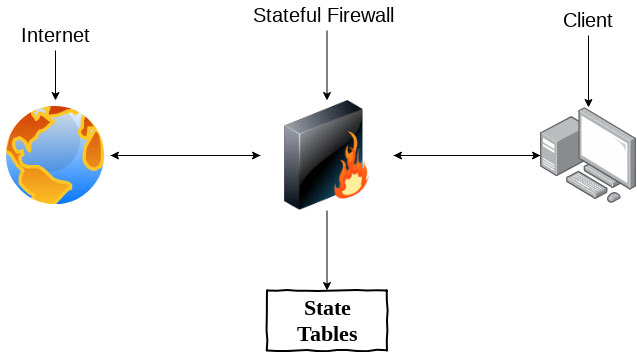

For these reasons, Stateful Firewalls offer far more rigorous network protection than Stateless Firewalls. The key difference between Stateful and Stateless is that in the latter, the traffic is only “classified”, not fully inspected as with a Stateful Firewall. If a packet fails to match the predefined rules, access will be denied.At the point a connection is attempted, if the packet matches this set of rules, it will be considered to be “safe” and will be granted entry.These predefined rules will either be set by a network administrator or will have been loaded by the manufacturer prior to deployment.In comparison, a Stateless Firewall uses a predefined set of clear rules about the attributes of data packets which are considered “safe.


By closely examining the behavior of data packets (including tracking patterns), a stateful firewall can immediately identify any suspicious packets as a threat.The firewall supports L2 and 元 modes and defines independent zones of access and also policies of how traffic will be treated if rules have not been defined.Ī Stateful Firewall is designed to inspect every aspect of the data packets trying to access the network – not only the content and characteristics of the data but also the channels of communication. Mimomax Tornado radios have a stateful lockout-protected firewall (offering a far more rigorous approach to network security than Stateless Firewalls) which is configurable from every radio’s User Interface.


 0 kommentar(er)
0 kommentar(er)
